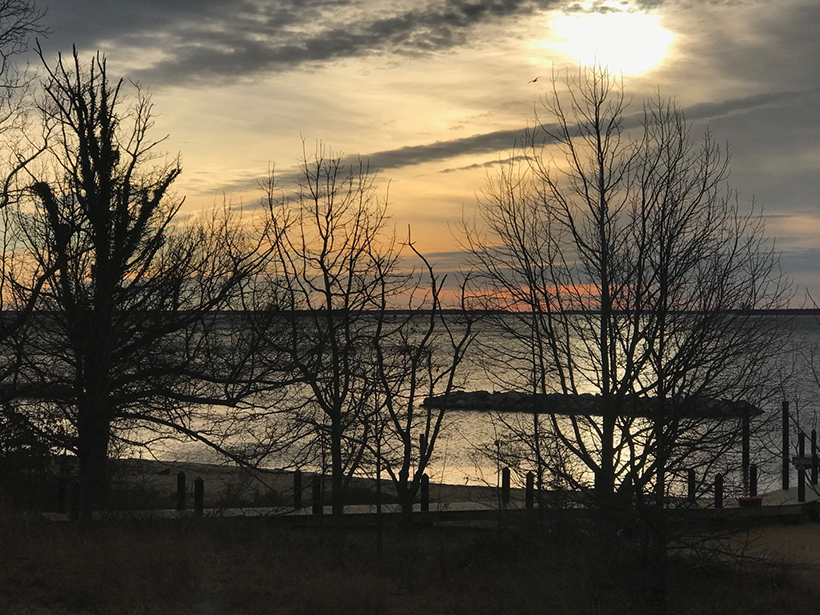Coastlines across the globe are already experiencing the impacts of sea level rise. Many threatened areas have begun planning for, adapting to, and mitigating the effects of current and future sea level changes—and bearing the significant associated costs. Despite the advanced stages of preparing for sea level rise in some locations, planners often lack the comprehensive sea level information needed to make fully informed decisions. This lack of information results partly from unresolved scientific problems still under investigation and in part from the difficulty of translating science into something that is useful and actionable for decision-makers.
Much of the focus was on information flows from scientists to end users, with the goal of identifying ways to streamline and improve this process.
To begin addressing these challenges, 50 members of NASA’s Sea Level Change Team (N-SLCT) met last March with a diverse set of stakeholders—35 in all—representing state and local governments as part of N-SLCT’s annual science team meeting. The meeting was held in Annapolis, Md., at the Chesapeake Bay Foundation’s Philip Merrill Environmental Center. Annapolis, a U.S. coastal city, is already feeling the effects of rising seas, including dramatic increases in high-tide flooding in recent years.
The first day of the 3-day workshop featured stakeholders offering accounts of the real-world effects of sea level rise. They described the planning processes and the scientific information that are the foundation of their plans. Much of the focus was on information flows from scientists to end users, with the goal of identifying ways to streamline and improve this process.
Scientists and stakeholders also expressed interest in identifying gaps in available scientific information. N-SLCT sought answers to more specific questions as well: How is NASA science being used for coastal planning, and who is using it? How can NASA best provide useful information as these planning efforts continue?
The science team members provided updates on the significant progress in understanding the roles that ocean, ice, and land play in coastal sea level rise.
These questions and the discussions that took place on the first day of the workshop were used to inform the work of N-SLCT over the remaining 2 days of the meeting. N-SLCT focuses primarily on improving understanding of present and future regional relative sea level rise. Tackling this problem requires an interdisciplinary approach, and the team’s expertise covers the broad range of factors contributing to sea level change.
The science team members provided updates on the latest scientific results, including significant progress in understanding the roles that ocean, ice, and land play in coastal sea level rise.
On the last day of the meeting, the group considered the future direction of N-SLCT. Participants identified several “team products” that will be developed over the coming months, including a set of regional sea level hindcasts and projections covering a range of timescales. They also identified the importance of further stakeholder engagement to inform future team activities; the Annapolis workshop was viewed as a first step in this direction. Further information about the meeting and team activities can be found at the N-SLCT web portal.
The research presented at this meeting was carried out at the Jet Propulsion Laboratory, California Institute of Technology, under a contract with NASA.
Author Information
—B. D. Hamlington ([email protected]), C. Boening, and H. P. Brennan, Jet Propulsion Laboratory, California Institute of Technology, Pasadena
Citation:
Hamlington, B. D.,Boening, C., and Brennan, H. P. (2019), Scientists and planners face challenge of rising seas, Eos, 100, https://doi.org/10.1029/2019EO130973. Published on 14 August 2019.
Text not subject to copyright.
Except where otherwise noted, images are subject to copyright. Any reuse without express permission from the copyright owner is prohibited.

